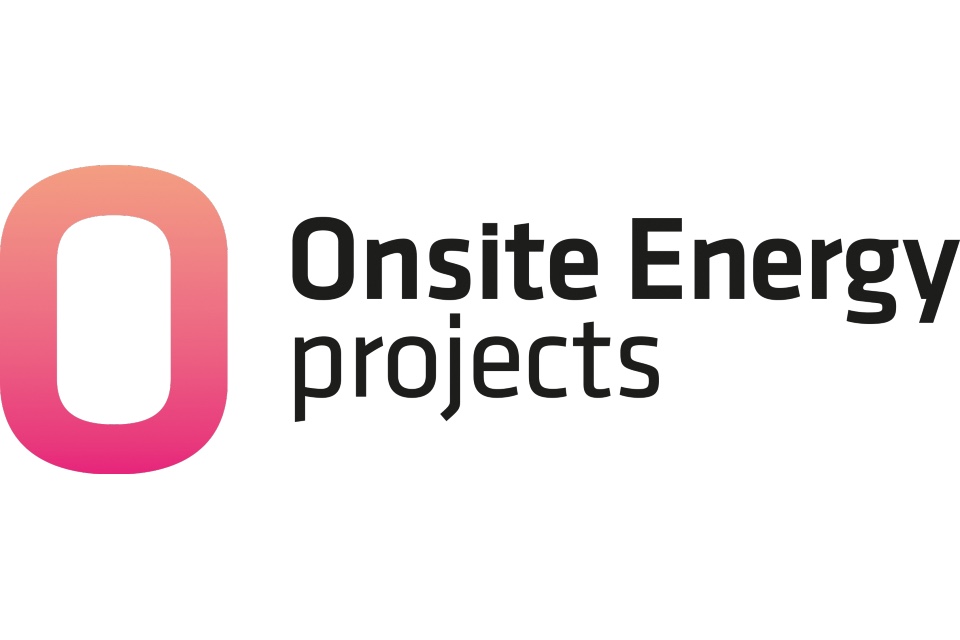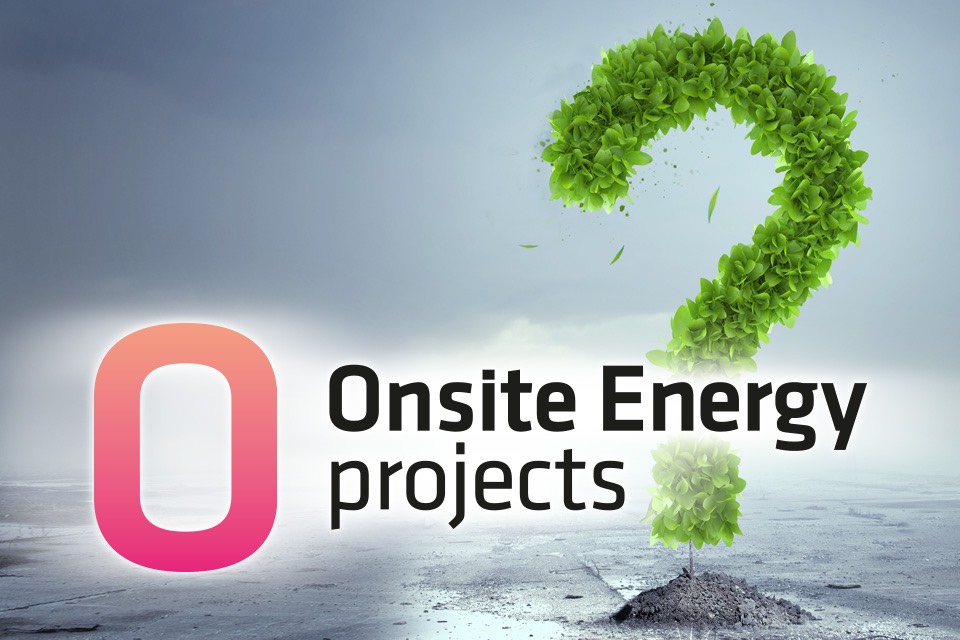Take a look at your electricity bill. What do you see? Many will probably look at the rate and the bottom line £ amount, and often that’s about it before it gets passed for payment.
Energy savings in the past has been associated with re-broking to secure a better rate. Even then, fewer than 60% of UK businesses use a broker. Negotiating a better rate is right and proper. But what you or your broker is actually doing is only affecting around 40%-50% of the bill – the wholesale element – and the scope for savings in that is limited.
BUT TAKE A CLOSER LOOK at your bill – particularly the itemised elements – you will find that over 50% of most electricity bills relates to “NON-ENERGY” costs (we regularly see 58%-60%).
“NON-ENERGY” costs are the recharges being made through your bills for Government subsidies for renewables obligations, contracts for difference and feed-in-tariffs, and also grid use of system charges (DNUos, TNUoS etc). These charges are generally shown as a £/kWh, and are set to rise by 30% over the period to 2030, due to known contractual commitments. So that’s 30% more on 60% of your bill will impact by 2030 – that’s an increase of at least 18%.
What many businesses don’t realise is that if you generate power at your premises, and don’t use the grid, then these “non-energy” costs aren’t payable as they are only charged based on kWh consumed through the grid.
However, taking measures to generate energy on site may face a longer payback than you are willing to invest in. This is one of the reason Onsite Energy Projects exists, to help businesses implement both energy efficiency and on-site generation measures for these longer payback measures. We recognised the challenge of capex availability and can provide a no-capex, off-balance sheet solution
If you would like to know more email us at info@on-site.energy or call on 0161 444 9989.
Onsite Energy Projects provides energy savings and energy generation solutions to energy intensive businesses, without capex if required.






